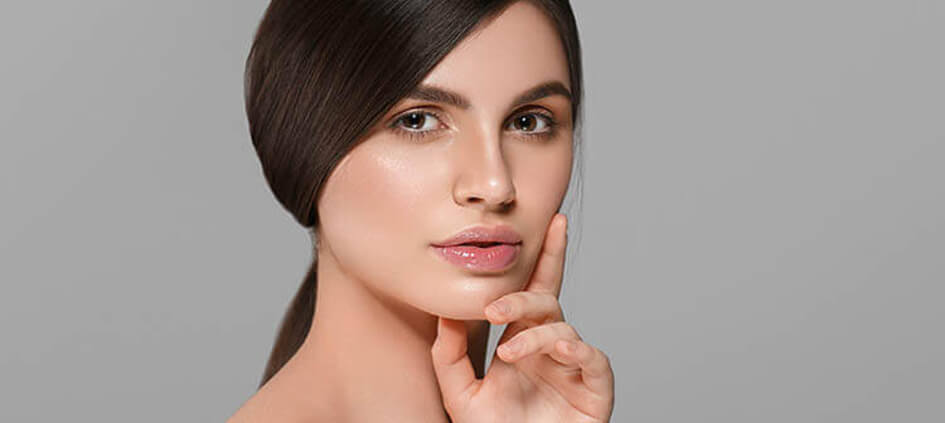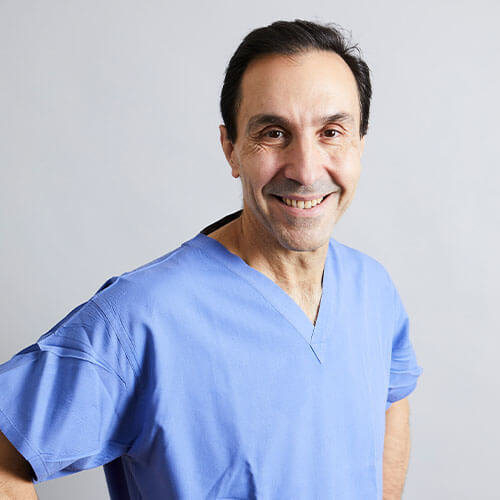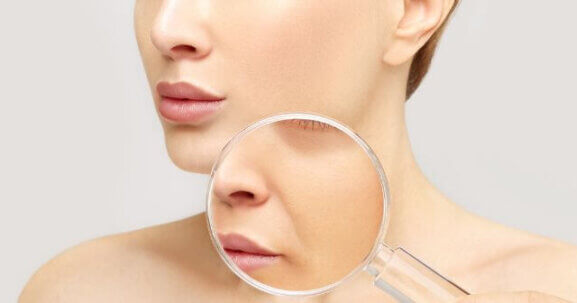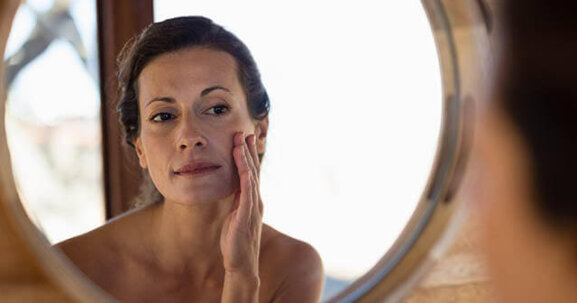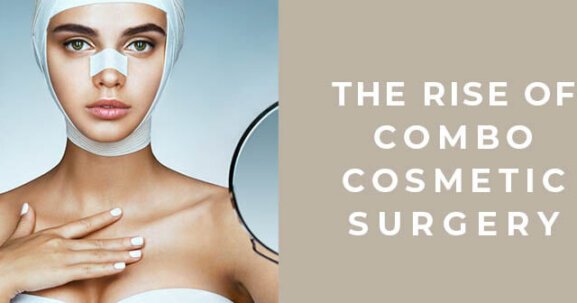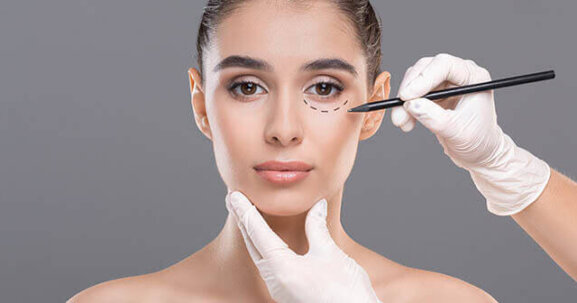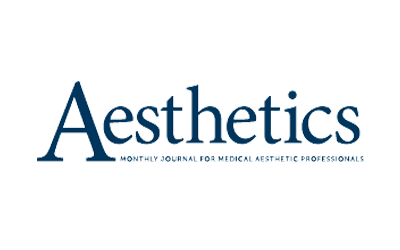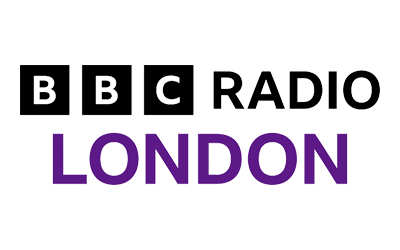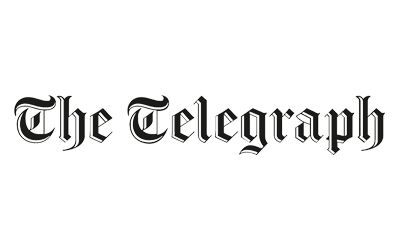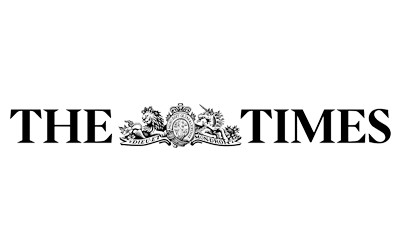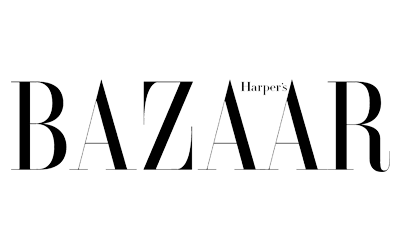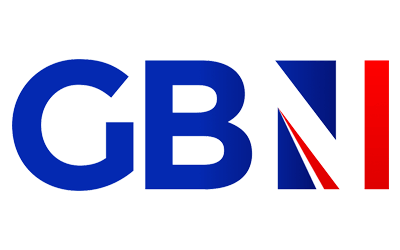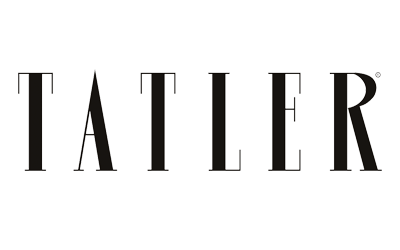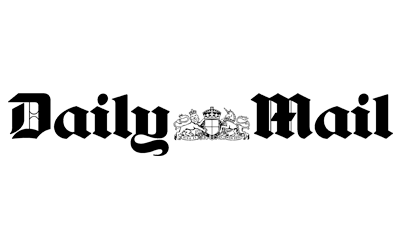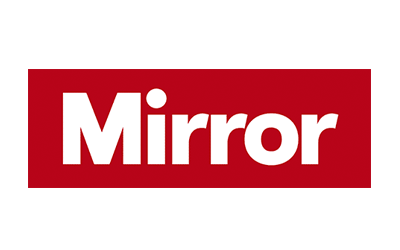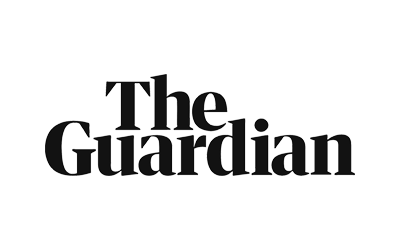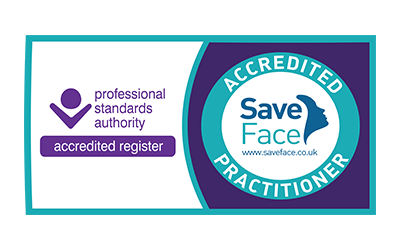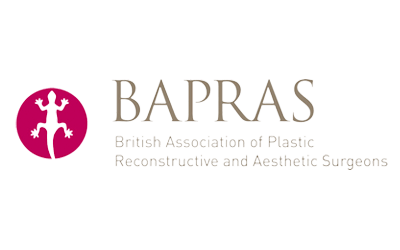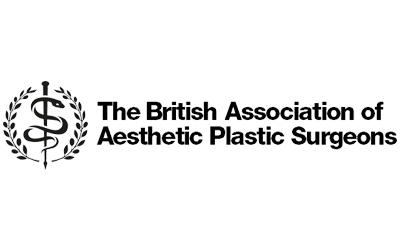Do you have a fuller face which you feel doesn’t fit with your body type? Would you like to accentuate your cheekbones? Or define your jawline? Buccal fat removal is a popular solution.
You may have heard about buccal fat removal via models and celebrities on social media as they show off their results. The buccal is the fat pad in the lower cheeks that cushions the chewing muscles in the jaw. High, rounded cheeks are of course youthful looking, but fullness in the lower cheek or buccal area is often seen as less aesthetically pleasing. Excessive fullness in the lower face results in a round or square-shaped face rather than the defined V-shape contour and unfortunately it’s not usually possible to slim down your buccal fat just through diet and exercise alone.
Buccal fat removal is also known as;
- cheek reduction
- buccal fat pad reduction or removal
- cheek fat removal
- buccal lipectomy
- face fat removal surgery




